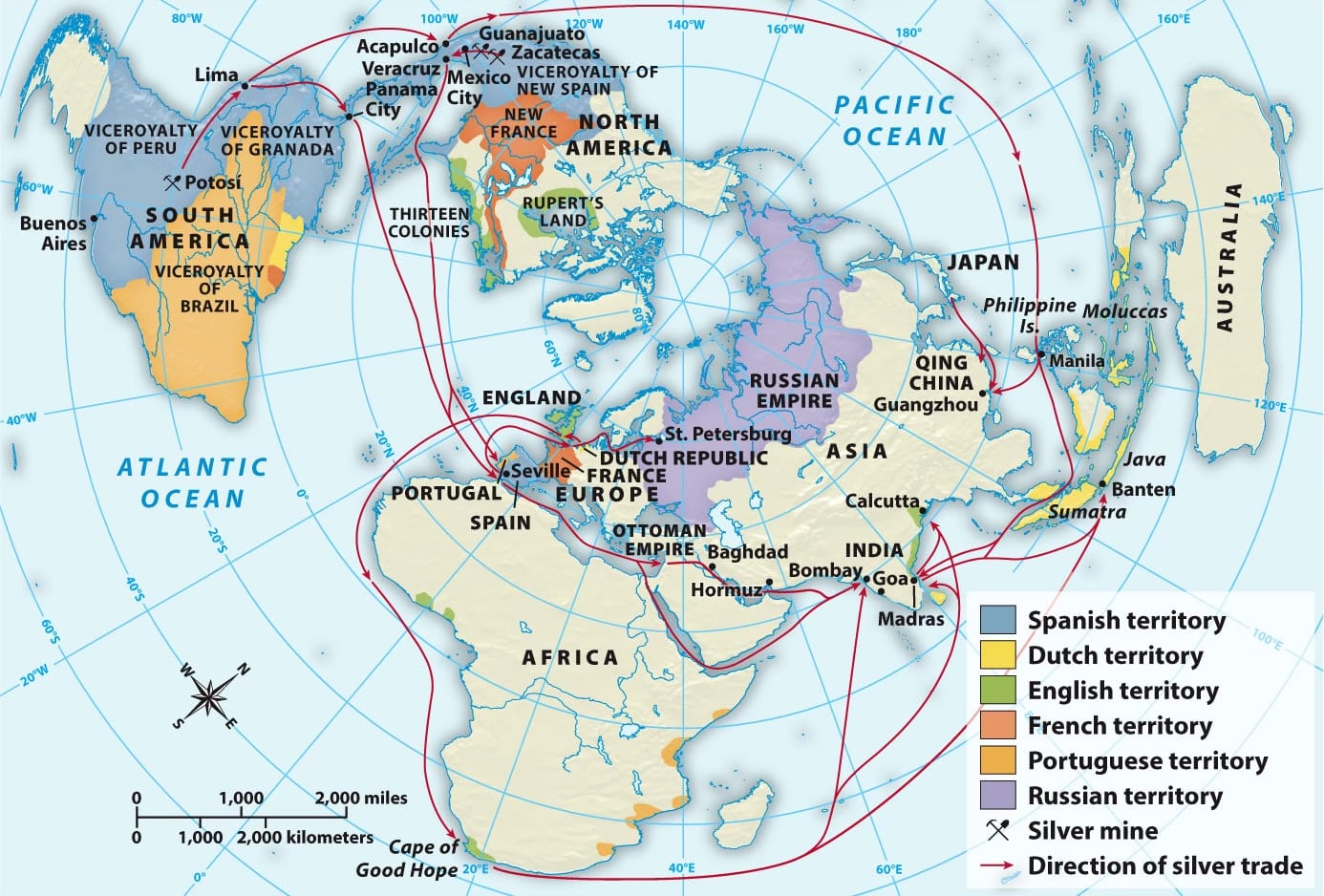“The Longest and Most Dreadful Voyage in the World”: Trans-Pacific Slavery and the Early Modern Pacific, c. 1500 - c.1800
Discussion of teaching the early modern trans-Pacific slave trade

Teaching world history often means focusing on large-scale economic patterns, such as the silver trade, the slave trade, or the opium trade. These items were crucial to the development of the modern global economy, so it makes sense to discuss these topics. But we must also not forget to teach the people involved in these trades. I’ve previously written about Dennis Flynn and Arturo Giráldez’s “‘Born with a Silver Spoon’: The Origin of World Trade in 1571.” It’s one of the classic articles on the silver trade, but it’s also a perfect example of talking only about a product and not mentioning the people involved. As I realized how little the article said about the Indigenous Americans who mined the silver being traded, I developed a writing assignment for students to learn about the consequences of the global silver trade for Indigenous Americans. Even more surprising was learning that the trans-Pacific silver trade was connected to the development of a trans-Pacific slave trade moving in the opposite direction.

In 2016, I listened to “The Trans-Pacific Slave Trade,” an episode of the 15 Minute History podcast that completely changed how I thought about the early Modern Pacific. Kristie Flannery, a historian of the Spanish Pacific, described how our understanding of the Manila galleons and the early modern Pacific trade was flawed: “There were definitely slaves coming on the galleon ships. But, I think we tend to focus on the porcelain, jewels, and spices and forget that slaves also made that journey.” I couldn’t even pretend that I had forgotten about the enslaved people on the galleons because I didn’t even know they existed.
I plan to write about how we teach the early modern Pacific Ocean in the upcoming month. We all talk about the galleons and the silver trade, but how much do we focus on the people in Manila or Mexico involved in this trade? And what about the sailors on the ships or the countless enslaved Africans transported from the slave markets of Manila to be sold in the Americas? By weaving in more stories about the people involved in the early modern Pacific trade, we can better help students understand what this trade looked like and why historians talk about its global significance.



